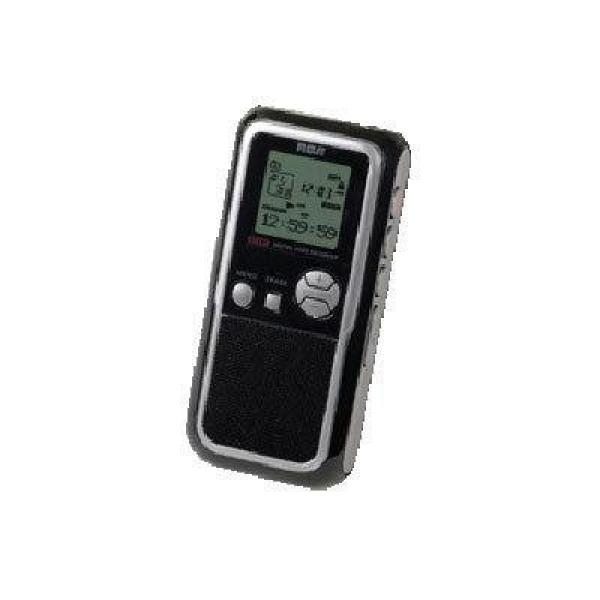
You'll see a reminder that the recording is being processed and saved securely in OneDrive or SharePoint.Īfter the recording is processed and saved, it will appear in your Dynamics 365 Remote Assist chat history (if you are still in the call) and also your Teams chat history. To end the recording, press the Stop Recording ( ) button or end the call. The persistent recording indication will be visible even if you open the Files tab, so you can always verify whether a recording is ongoing. You'll also see a persistent recording indication in the top left of the video card.

The Start Recording button becomes a Stop Recording button. For more context about this notification, learn about Teams recording layout for calls with two participants. This means that if there are procedures or assets that are critical for you to record, keep them in the middle of your field of view. You'll see a reminder that the call recording only captures the middle vertical section of your field of view. Select the Start Record button ( ) to start recording the call. The owner needs to give permission or download the video to share the recording beyond these people. Learn more about using Teams desktop to record the call.
#VOICE NOTE RECORDER WITH REMOTE LICENSE#
Call participant without the required license.Type of callĬan a Dynamics 365 Remote Assist HoloLens user record?Ĭan a Dynamics 365 Remote Assist mobile user record? The following chart explains which call participant can initiate a cloud-based call recording in each type of call. You may also consider alternatives to cloud-based recordings. Read about the layout of this type of call before deciding whether to record using this method. When the recording finishes uploading, all call participants can access the link in the Teams chat.

Cloud-based recordings are automatically uploaded to Microsoft OneDrive or SharePoint. Recording a call is great for training or record-keeping purposes.


 0 kommentar(er)
0 kommentar(er)
